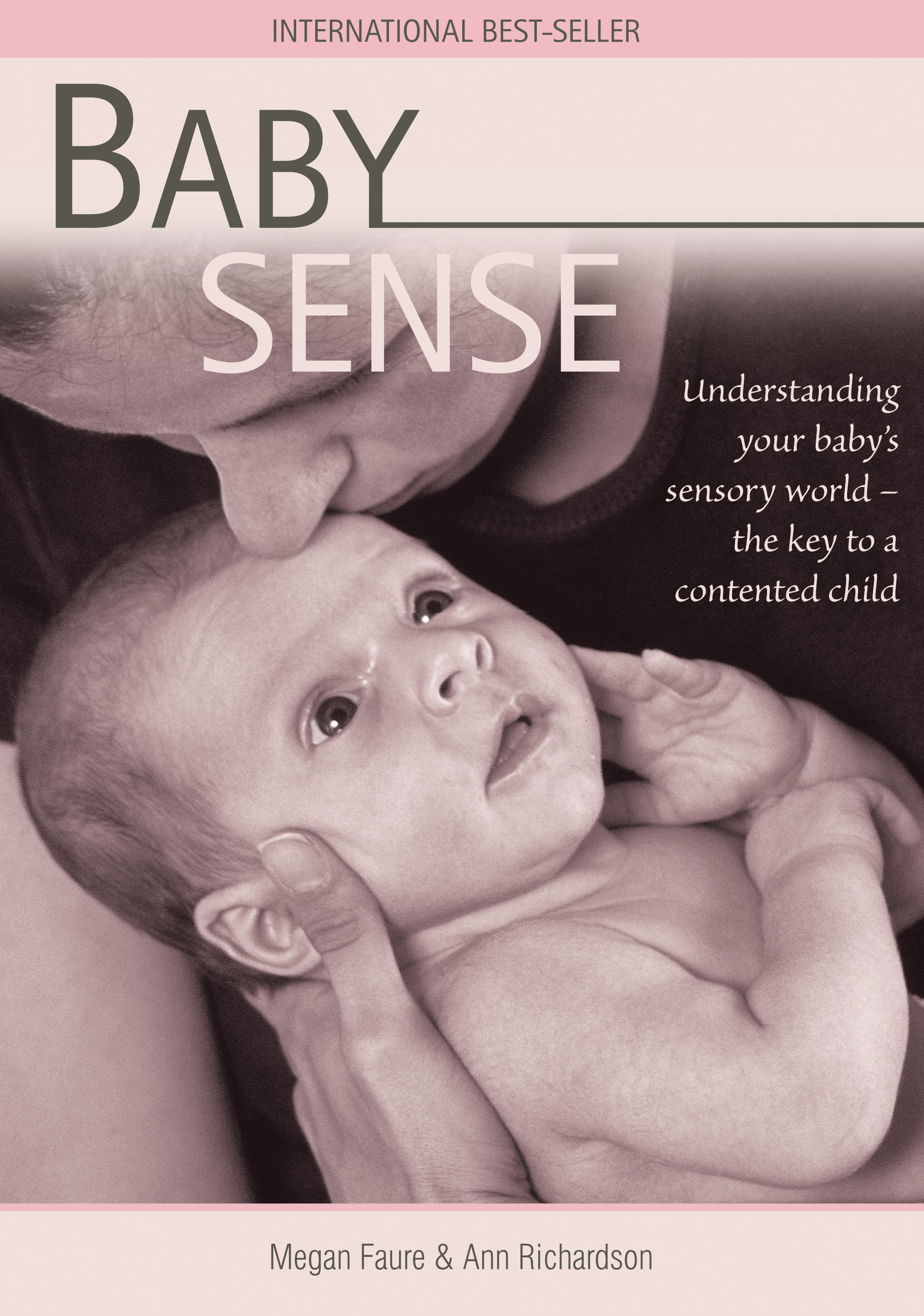 Reading your baby’s signals will help her be more content. But don’t forget every experienced mother has missed signals and ended up with a colicky newborn or chaotic toddler. And every one of those mums has learned from the experience and lived to tell the tale!
Reading your baby’s signals will help her be more content. But don’t forget every experienced mother has missed signals and ended up with a colicky newborn or chaotic toddler. And every one of those mums has learned from the experience and lived to tell the tale!
"I am happy – interact with me"
When your baby is in a calm alert state, she is ready for interaction and stimulation. Her brain is ready to learn and she is emotionally ready to bond.
- Newborn – will make eye contact. Her hands will be open and she will look intently at your face. Her body is still.
- Older baby – may reach out with intent. She will sit quietly on your lap while learning about her world.
- Toddler – will show inquisitiveness but be contained and not overly busy. She will ask plenty of questions.
“I’m becoming overestimated – leave me to calm down"
Look around your baby’s world to determine why she is over-stimulated and remove her from the stimulus.
- Newborns – can only interact for a few minutes at a stretch. Your newborn may signal she’s had enough just by looking away.
- Older babies - can turn away from the interaction. They may appear to lose interest or push objects away. Others get very busy limb movements.
- Toddler – often become busier and interact more chaoticly. They may also use the word “No!” firmly
“I am over-stimulated. Help me to calm down”
If you miss early signals of over-stimulation your baby will give you very clear signals that enough is enough. At this point you need to use calming strategies and often help your baby get to sleep.
- Newborns – often exhibit signals associated with hunger, such as hiccups, blueness around the mouth and sucking on hands.
- Older babies – facial expressions become exaggerated and your baby may start to whine. Sucking on hands is often evident and can be encouraged as it’s a way of your baby soothing themselves.
- Toddler - all those antisocial behaviours toddlers are so renowned for, such as shouting, hitting and hyper-activity are often signals they’ve simply had enough.
“I am over the edge”
It is easy to try to keep your toddler going or to miss your newborn’s very short awake time. If this happens and they go into sensory overload, you will not miss the clear signal of crying but how do you deal with it?
- Newborn – colic is the classic response to over-stimulation. Swaddle your baby and lull them to sleep even if this means rocking them. A sling is a wonderful way to create a contained space to soothe your baby.
- Older baby – crying is the indicator she's had more than enough. Take her to a quiet space to sleep. Sit with her until she is calm and help her to find self soothing strategies such as sucking, holding a blanky or soft toy or humming.
- Toddler – chaos is the signal that your toddler is over the edge. In this state, your toddler feels as vulnerable as you do. Calmly interpret the tiredness and acknowledge the feeling. “I know you want another story but you’re very tired darling. Mummy will read to you after your sleep…” Help your toddler rest or find a quiet space.
For more information visit www.mybabysense.co.uk
